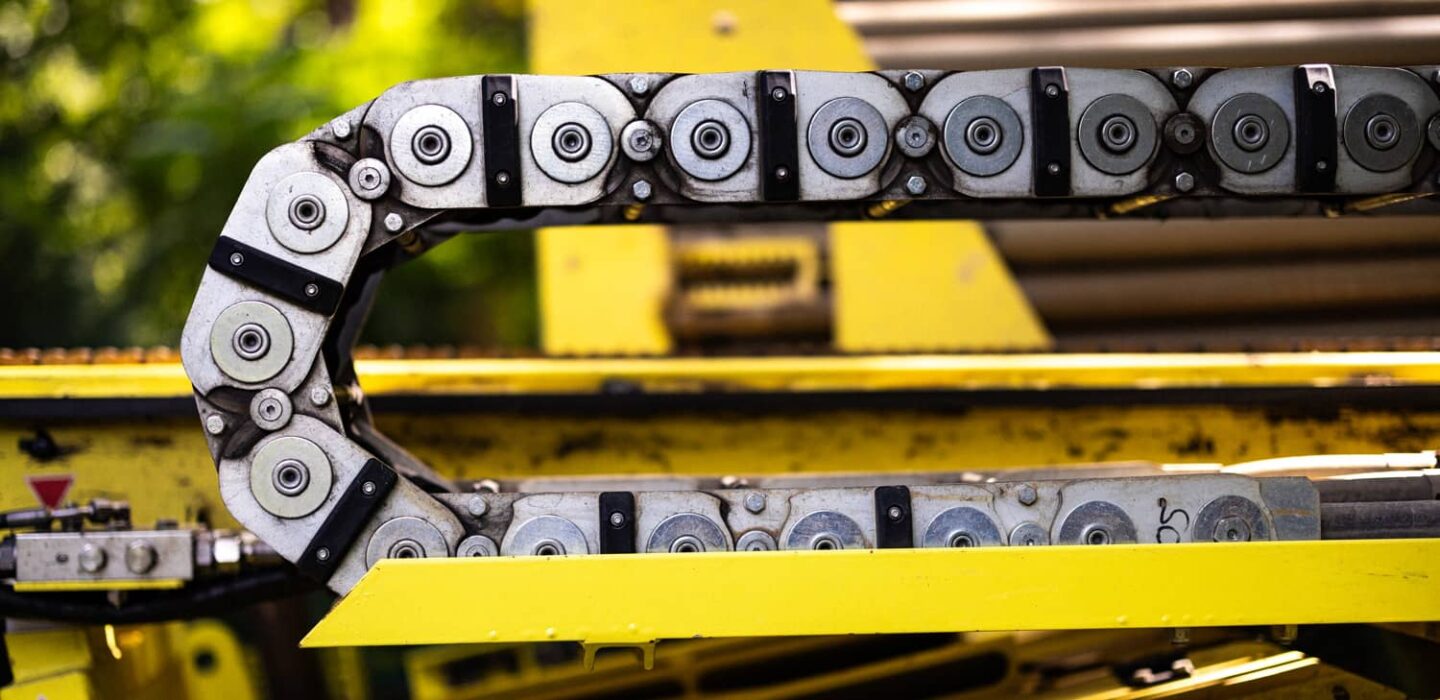Dandelion uses industry-standard equations to determine ground loop length. Ground loop length is a function of the heating and cooling requirements of the building, geology, and characteristics of the geothermal system being installed. Read this article for an in-depth explanation of how ground loop length is determined.
Geothermal is an ideal solution for homeowners who are looking for a long term heating and cooling solution that results in the lowest bills. However, geothermal is easier and less expensive to install in some homes than others. Homeowners should get in touch with Dandelion for an assessment of whether geothermal makes sense in their particular home.
Dandelion has done thousands of home geothermal projects, and they are monitored. The high performance of our large fleet of monitored heat pumps provides ample evidence Dandelion installs high quality systems and often offers pricing lower than homeowners can find elsewhere.
Predictable, consistent geologies are easiest for drilling. The most difficult geologies are those that are difficult to predict, because it can be difficult to know what equipment or techniques to use at a given jobsite.
In addition to geological factors, like those listed above, yards with easy access, ample space and few underground obstacles are easiest to work with, but these conditions are relatively rare in suburban communities. This is why Dandelion has invested in a compact, track-mounted drilling suite of equipment that’s well suited to smaller yards that benefit from a precise, targeted and clean ground loop installation.
Adopting geothermal when constructing a new home or renovating an existing home can make a lot of sense because all new HVAC equipment will have to be purchased anyway, and often geothermal costs the same or less than the alternatives given all the available incentives. Another benefit is that the home’s ducts and electrical system can be sized for the geothermal system, so the installation is straightforward.
Dandelion typically works hand-in-hand with the general contractor overseeing a new home construction project or major renovation to ensure the geothermal installation schedule fits within the broader project timeline. Get in touch to get an estimate or quote for a geothermal system for your new construction or renovation project.
It depends on the size of the generator and the number and type of heat pumps installed. Get in touch for more information on what generator sizing would be required to support a geothermal system in your home.
In most municipalities, permits are required to install a geothermal system. Permitting typically takes about a month, although it varies substantially. Once a permit has been issued, there are three phases of a geothermal installation:
- The ground loop installation.
- Connecting the ground loops into the home.
- Installing the heat pump.
Each of these phases typically takes 1-3 days depending on the size and complexity of the project.
Solar panels and geothermal heat pumps are complementary products: solar panels produce electricity using sunlight, and geothermal heat pumps use electricity to move thermal energy (heat) between the ground and the home. Homeowners can use solar and geothermal in tandem to achieve a netzero home. One of the advantages of a geothermal heat pump compared to an air source heat pump is that it uses so much less electricity to produce a given amount of heating or cooling. This means that a homeowner is able to use rooftop solar to cover a much greater fraction of the load of a geothermal heat pump than they would an air source heat pump, especially in colder climates.
Dandelion selects Authorized Installers that have been vetted for quality. To become an Authorized Installer, an installation company must demonstrate they follow design and installation best practices and have undergone sufficient training in geothermal heat pump design and installation.
Dandelion exclusively serves homes that use ducts to distribute heating and cooling throughout the house. Heat pumps do not tend to work well with radiator-based heating systems because cast iron, standing, and baseboard radiators generally require water temperatures that are higher than what heat pumps can produce efficiently. In addition, while ductless mini split air source heat pumps are common, this form factor is rare and expensive for geothermal heat pumps. For these reasons, Dandelion focuses on installing geothermal heat pumps that pair with ductwork, and these heat pumps are super efficient, work very well, and deliver cooling in addition to heating.
Dandelion was founded in April 2017.
Dandelion has done 2,000+ residential installations to date, as well as new home developments (both single family, townhouses and multifamily) and commercial projects. Dandelion offers both complete geothermal installations as well as standalone drilling services.
Dandelion offers geothermal drilling services for larger commercial and residential projects nationwide, and drilling for individual homes in the Northeast. Depending on the customer’s preference, Dandelion can own the full end-to-end drilling process, including design, ground loop installation, tie in, manifolding and commissioning, or Dandelion can partner with other companies to own a partial scope. Dandelion often leads projects but we are also open to subcontracting.
On the installation side, for new construction projects Dandelion typically trains and partners with a home builder or multifamily developer’s preferred HVAC contractor to install the indoor equipment. We do this with partners nationwide.
For one-off new construction and retrofit projects, Dandelion maintains a national network of Authorized Installation partners who install Dandelion geothermal for homeowners in their local service territories. Dandelion also maintains a limited amount of in-house installation capacity to serve customers in NY, CT and MA.
